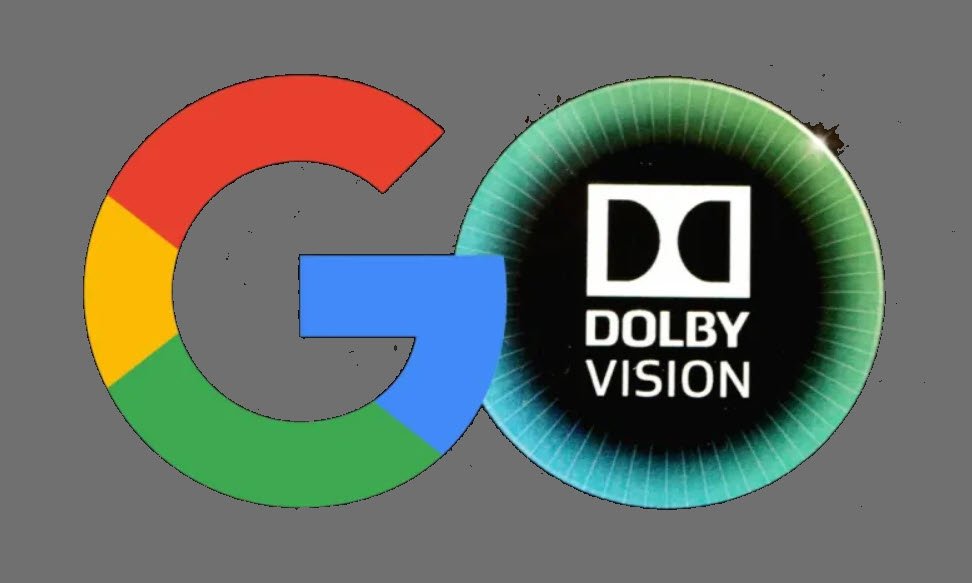Google vs Dolby Atmos and Dolby Vision: Η εταιρεία θέλει να κυκλοφορήσει δύο νέες μορφές πολυμέσων για να προσφέρει βίντεο HDR και ήχο 3D κάτω από ένα νέο brand name αναγνωρίσιμο από τους καταναλωτές χωρίς τα τέλη αδειοδότησης που πρέπει να πληρώνουν επί του παρόντος στην Dolby οι κατασκευαστές hardware. Η Google μοιράστηκε τα σχέδιά της για τις μορφές πολυμέσων, οι οποίες είναι εσωτερικά γνωστές σαν Project Caviar, at a closed-door event with hardware manufacturers earlier this year.

In a video of the presentation leaked to Protocol, the group's product manager Roshan Baliga describes the project's goal as building a "healthier, broader ecosystem" for premium media experiences. The company's main focus for Project Caviar is YouTube, which currently doesn't support Dolby Atmos or Dolby Vision. However, Google also aims to involve other industry players, including device manufacturers and service providers. That would make Project Caviar one of Google's most ambitious pushes into today's open media format since the company began working on royalty-free video codecs a decade ago.
Google's open media efforts so far have focused primarily on codec development. The company acquired video codec maker On2 in 2009 to provide open source as part of its technology. He was also instrumental in founding the Alliance for Open Media, an industry consortium that oversees the royalty-free AV1 video codec. Project Caviar differs from these efforts in that it's not just another codec. Instead, the project focuses on 3D audio and HDR video formats that are used by existing codecs, but enable richer and more immersive media playback experiences, as Dolby Atmos and Dolby Vision do. Baliga did not mention Dolby by name at the time duration of his presentation, but made it clear that the company was trying to create alternatives to the Atmos and Vision formats. "We realized there are premium media experiences where there aren't great royalty-free solutions," he said, adding that licensing costs for premium HDR video and 3D audio "can hurt manufacturers and consumers."
Dolby makes most of its money through licensing fees from hardware manufacturers. The company charges TV makers $2 to $3 to license Dolby Vision, according to Giles Baker SVP of Cloud Media Solutions. Dolby has not publicly disclosed licensing fees for Atmos. It charges consumers who want to add immersive audio to their Xbox consoles $15 per license, but the fee hardware manufacturers have to pay is said to be significantly lower. However, in an industry that has long struggled with tight margins, every extra dollar counts. This is especially true because Dolby already charges almost all device manufacturers a fee to license the use of legacy audio codecs. A maker of streaming boxes that retail for $50 must pay about $2 per unit for Dolby Vision and Dolby Digital, according to a document that shared with the Protocol an industry official.





